Integral Lens series #7: Dennis Ramos
Dennis Ramos is an internationally awarded fine art photographer based in Tampa, Florida USA. Born in Manila Philippines, he migrated to United States after completing a degree in medical science. His passion for photography started with artistic portraiture using mixed lighting. This fascination with light led him to explore and experiment with other forms of photography that eventually evolved into fine art landscape, seascape and architectural subjects. His long exposure black and white works have been featured in several online and print publications.
During my visit in Miami for the Integral Lens project I had the pleasure to meet with Dennis for a photowalk and a discussion on photography. Below we present a selection of his work along with a q&a.
Pygmalion Karatzas: Could you tell us a bit about your background and how did you start being involved with photography?
Dennis Ramos: My educational background is in medical field as a Registered Nurse but now working full time as a Web Applications Developer. My first SLR camera was a Minolta X-9 in 1991 which taught me a lot with how the camera works. Being young and single at the time in Brooklyn New York, I was shooting everything near and far which led me to discover for myself about composition. Fast forward to 2009, after years of break from my personal photography, I started experimenting with artificial light in both studio and on-location using digital camera which help me to understand more about lights and shadows. With my newly acquired knowledge, it helped me evolve and discover new things in photography and has led me to become a fine art photographer as I am now.
PK: Could you describe your overall photographic vision and approach?
DR: Simplicity. I always want a simple and minimal approach in presenting my creative vision to the viewers. As Leonardo Da Vinci once said, “Simplicity is the ultimate sophistication. In today’s world where we are bombarded with a lot of technical and visual information, minimal approach becomes a soothing break to our busy minds. Most of my photographs don’t have a story but rather an emphasis on the elements to create a visual impact.
PK: What attracts you most in the architectural and urban subjects that you photograph?
DR: Since I was a child, I`ve always been fascinated by tall buildings and structures whenever I visit the city where I grew up in Manila, Philippines. Although, it didn`t lead me to become an architect, the fascination stayed with me. I went on to discover even greater architectures here in the United States most especially in New York city. With my passion in photography, this fascination in architecture has become one of my favorite genre under fine arts. Unlike traditional architectural photography, my architectural shots involves a lot of long exposures, black and white conversions, and minimal compositions which has more emphasis on fine arts.
PK: Which are some of the influences to your photographic work and in what ways have they affected you?
DR: One of my early influences in my photographic work, both in color and black and white, is Saul Leiter. In fact, even before I ventured into digital photography, his exhibition in Manhattan New York in the mid-90`s was the first gallery exhibition I visited. His works soon became my inspiration and basis of my photography. His creative mix of light and colors in a precised composition is what always heightens my passion in photography. With the advent of internet, I have discovered the works of Alexey Titarenko recently in 2011 (City of Shadows) that sparked my interest in shooting long exposures. The series of this shadowy figures has captured my enthusiam to explore more of his techniques.
PK: Which aspects of your work have remained consistent and which have evolved/changed over the years?
DR: This is a good question as I just realized and made me look back how much of my past works have evolved compare to last ones. I think what remained consistent and has not changed is my minimal vision and approach to my composition. As a fine artist, whatever pleases our eye and triggers our creativity remains carved in our minds. What has changed over the years is my image editing skills where I learn techniques every now and then. This technical skill is a never-ending process where we always learn everyday.
PK: What gear and post-processing do you use and what is their role in your creative process?
DR: New technology offers us great tools to hone our craft but I don`t necessarily jump-in to get the latest and the greatest out there. My minimalist approach to my composition also applies to my gears. I have been using Nikon D300s for the past 5 years and only last year that I upgraded to a full frame camera Nikon D610. For long exposure shot, I use a 16-stop circular ND filter and a cheap intervalometer for my timed exposures. On my post-processing, I would always open my images in Adobe Lightroom and edit it in Adobe Photoshop and convert it to black and white using Google Nik Silver Efex. After a simple conversion, I`ll bring it back to Photoshop for further editing using layers, masks, and blending options and then back to Lightroom. This is my basic workflow in my creative process without printing.
PK: How would you define fine art photography and what are your thoughts about the issue of a personal vision/style in relation to the broader movements in fine art photography?
DR: Nowadays, the definition of fine art itself becomes broader and complex as everyone have their own interpretation most especially in the field of photography. In my opinion, my definition of fine art photography is a body of work or single images that conforms with the vision of the author that expresses the intended emotion through these images. I consider my visual art as personal work with the intention to be printed, hung in the wall, and contemplate on it. Regarding personal style and vision, I don`t necessarily make myself aware of my personal style as this would be limiting but rather I focus on my subject as to how best I will present it that would please my eye. Of course, having a personal style and vision takes years to develop. In todays technology in both hardware and software, it all becomes too easy to create a technically correct photograph that only professionals could do during the film days. Having a unique personal style and vision is the only to stand out among many gear-driven artist.
book: Nigrum et album
complete list of integral lens interviews here
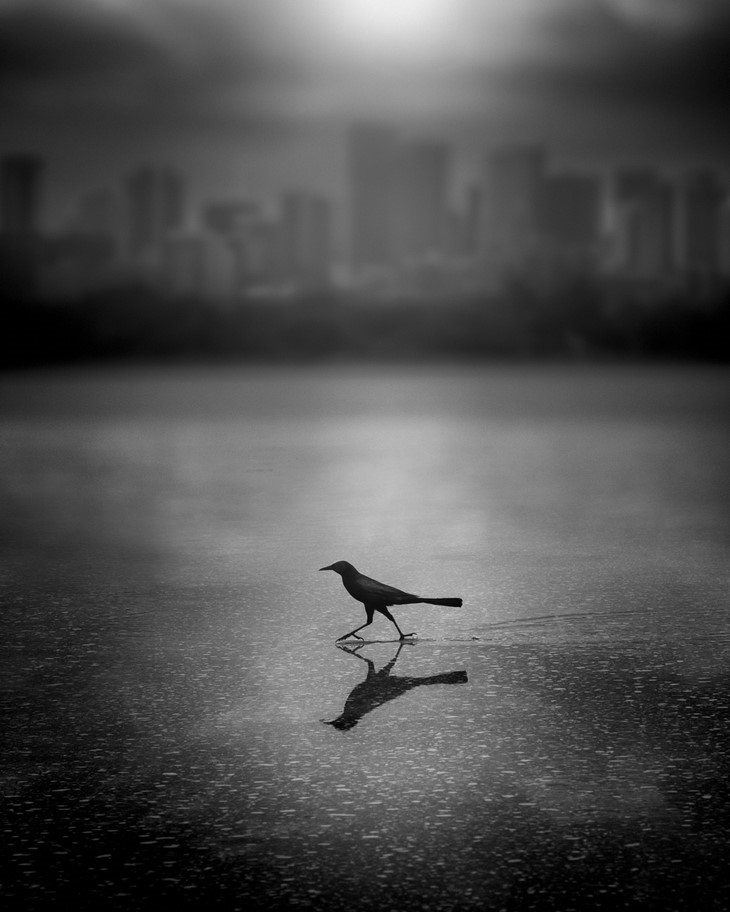 URBAN FLYER – NORTH SHORE PARK, ST. PETERSBURG, FLORIDA (C) DENNIS RAMOS
URBAN FLYER – NORTH SHORE PARK, ST. PETERSBURG, FLORIDA (C) DENNIS RAMOS SKYWAY – THE BOB GRAHAM SUNSHINE SKYWAY BRIDGE, COMMONLY KNOWN AS THE SUNSHINE SKYWAY BRIDGE, IS A BRIDGE SPANNING THE TAMPA BAY, FLORIDA (C) DENNIS RAMOS
SKYWAY – THE BOB GRAHAM SUNSHINE SKYWAY BRIDGE, COMMONLY KNOWN AS THE SUNSHINE SKYWAY BRIDGE, IS A BRIDGE SPANNING THE TAMPA BAY, FLORIDA (C) DENNIS RAMOS FLYOVER_1 – THE LEE ROY SELMON EXPRESSWAY, ORIGINALLY KNOWN AS THE SOUTHERN CROSSTOWN EXPRESSWAY IN TAMPA, FLORIDA (C) DENNIS RAMOS
FLYOVER_1 – THE LEE ROY SELMON EXPRESSWAY, ORIGINALLY KNOWN AS THE SOUTHERN CROSSTOWN EXPRESSWAY IN TAMPA, FLORIDA (C) DENNIS RAMOS CHICAGO_SKYLINE – DOWNTOWN CHICAGO (C) DENNIS RAMOS
CHICAGO_SKYLINE – DOWNTOWN CHICAGO (C) DENNIS RAMOS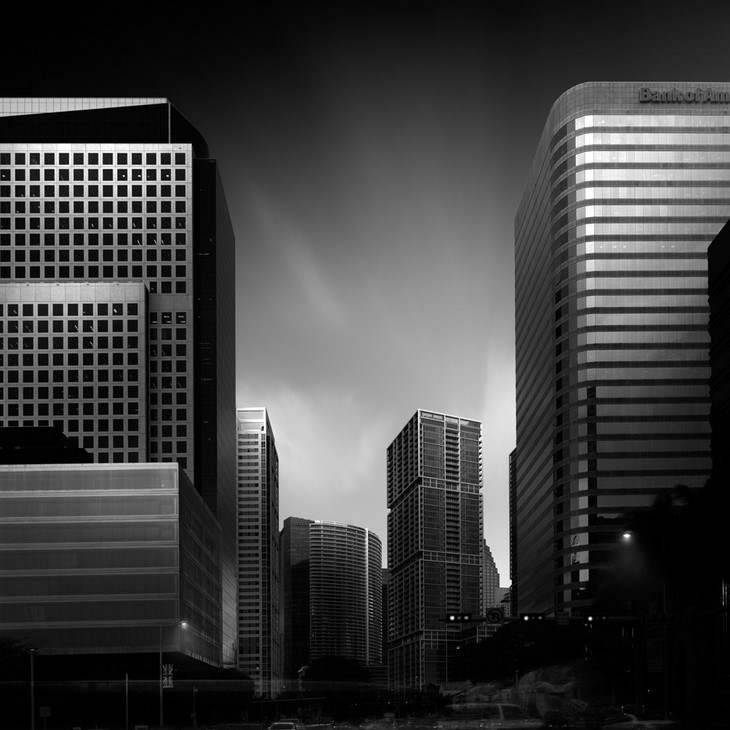 URBICUS – ALONG TAMIAMI TRAIL HIGHWAY IN DOWNTOWN MIAMI (C) DENNIS RAMOS
URBICUS – ALONG TAMIAMI TRAIL HIGHWAY IN DOWNTOWN MIAMI (C) DENNIS RAMOS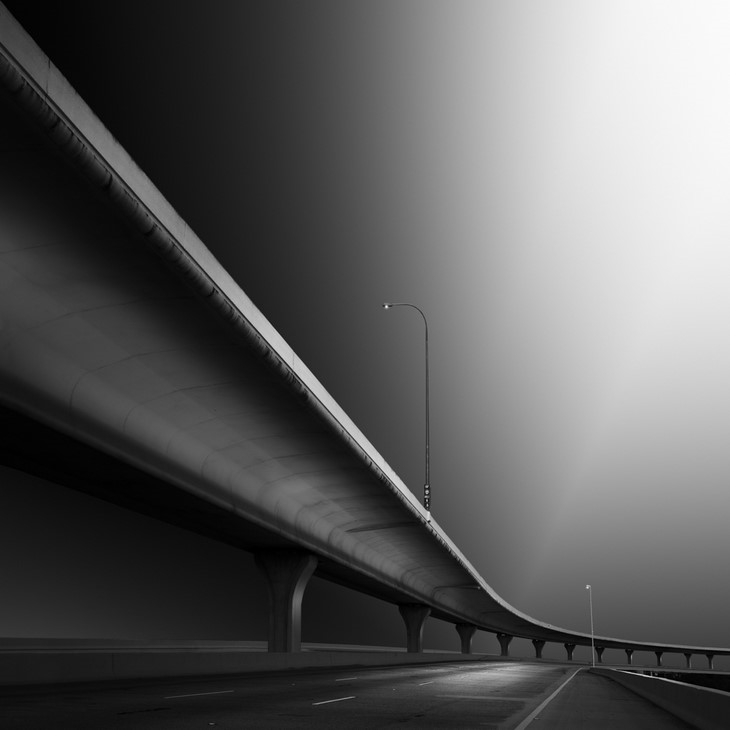 FLYOVER_2 – EXIT 66 AT THE LEE ROY SELMON EXPRESSWAY IN TAMPA, FLORIDA (C) DENNIS RAMOS
FLYOVER_2 – EXIT 66 AT THE LEE ROY SELMON EXPRESSWAY IN TAMPA, FLORIDA (C) DENNIS RAMOS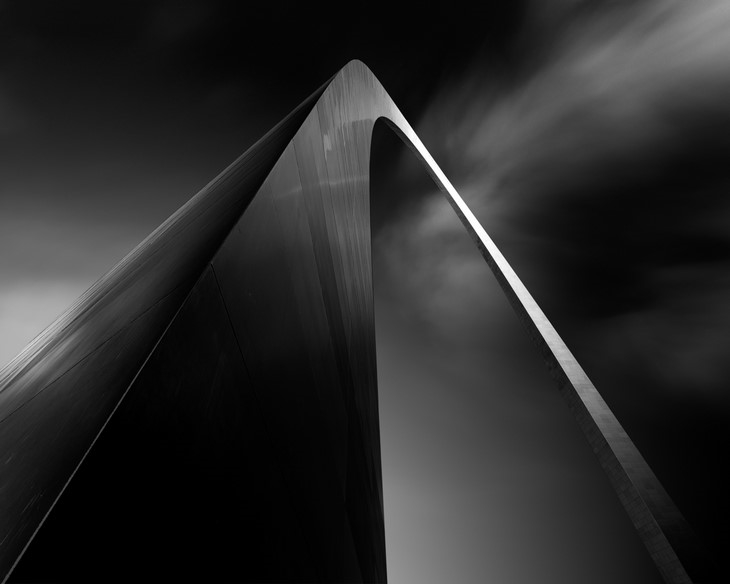 ARCUS – THE GATEWAY ARCH IN ST. LOUIS, MISSOURI (C) DENNIS RAMOS
ARCUS – THE GATEWAY ARCH IN ST. LOUIS, MISSOURI (C) DENNIS RAMOS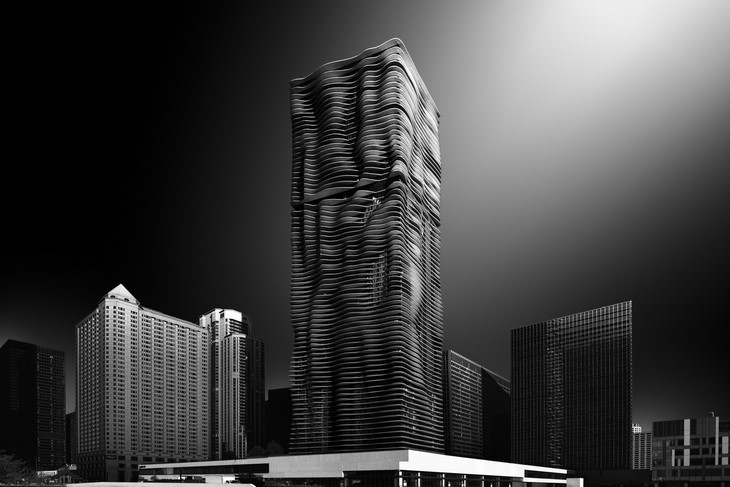 AQUA – AQUA RESIDENTIAL TOWER IN CHICAGO, ILLINOIS (C) DENNIS RAMOS
AQUA – AQUA RESIDENTIAL TOWER IN CHICAGO, ILLINOIS (C) DENNIS RAMOS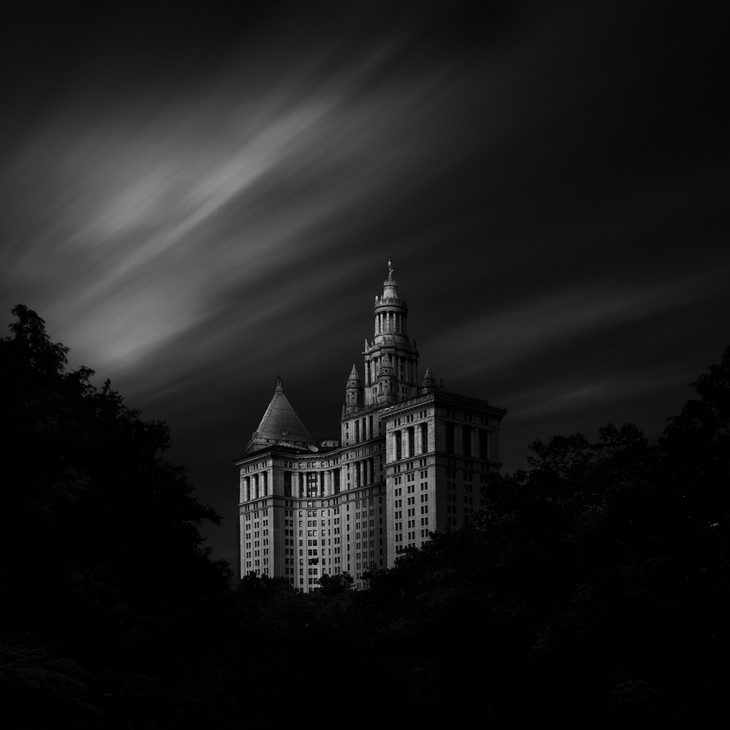 CIVIC_FAME – NEW YORK CITY HALL AT CITY HALL PARK IN MANHATTAN, NEW YORK (C) DENNIS RAMOS
CIVIC_FAME – NEW YORK CITY HALL AT CITY HALL PARK IN MANHATTAN, NEW YORK (C) DENNIS RAMOS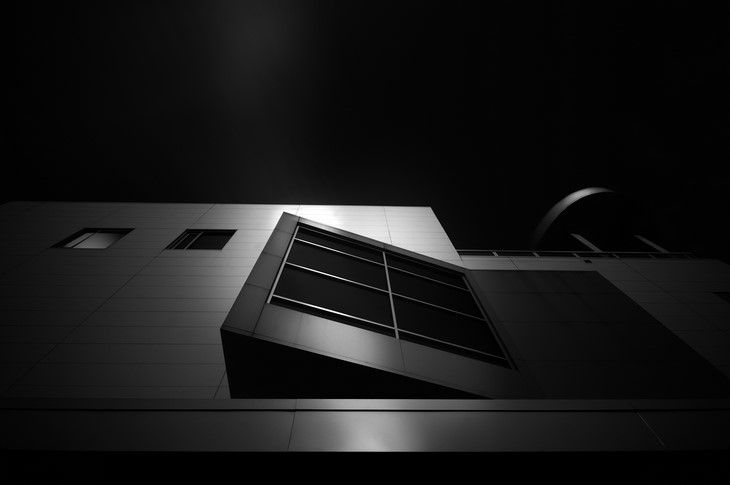 GLAZER – THE GLAZER CHILDREN`S MUSEUM IN DOWNTOWN TAMPA IN FLORIDA (C) DENNIS RAMOS
GLAZER – THE GLAZER CHILDREN`S MUSEUM IN DOWNTOWN TAMPA IN FLORIDA (C) DENNIS RAMOS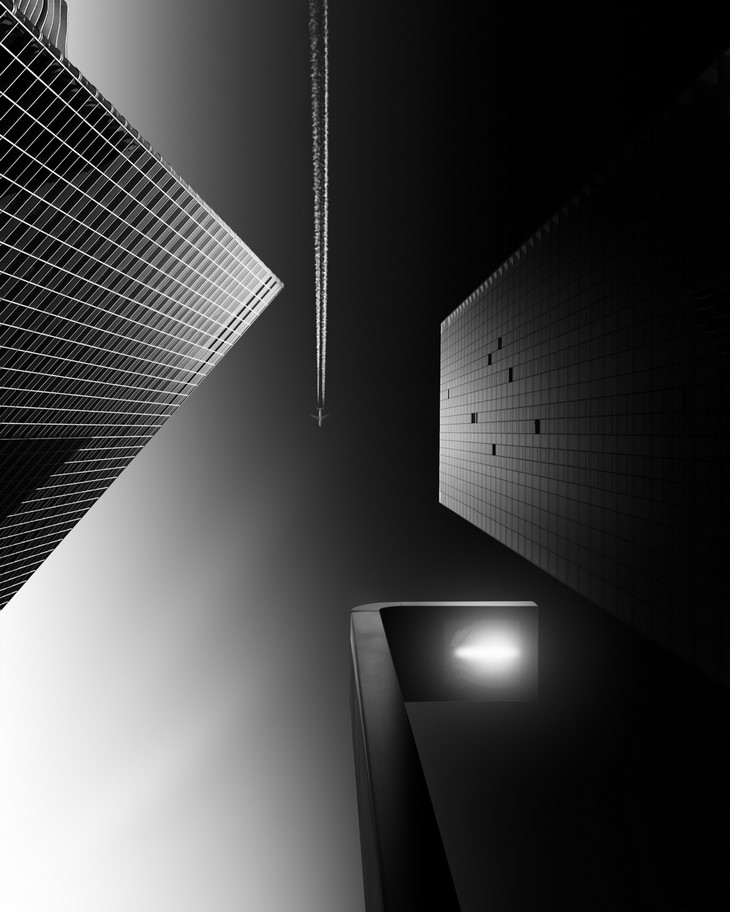 LUCERNA – 2 BUILDINGS IN DOWNTOWN CHICAGO (C) DENNIS RAMOS
LUCERNA – 2 BUILDINGS IN DOWNTOWN CHICAGO (C) DENNIS RAMOS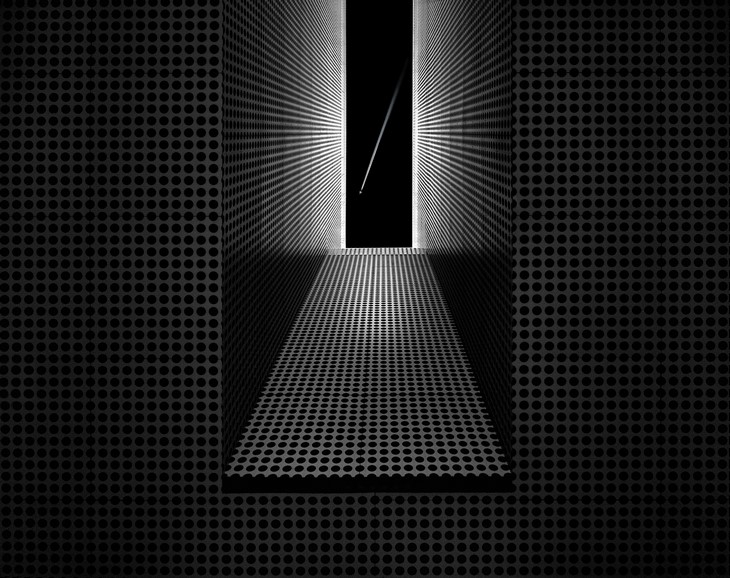 PORTALIS – THE TAMPA MUSEUM OF ART IN DOWNTOWN TAMPA IN FLORIDA (C) DENNIS RAMOS
PORTALIS – THE TAMPA MUSEUM OF ART IN DOWNTOWN TAMPA IN FLORIDA (C) DENNIS RAMOS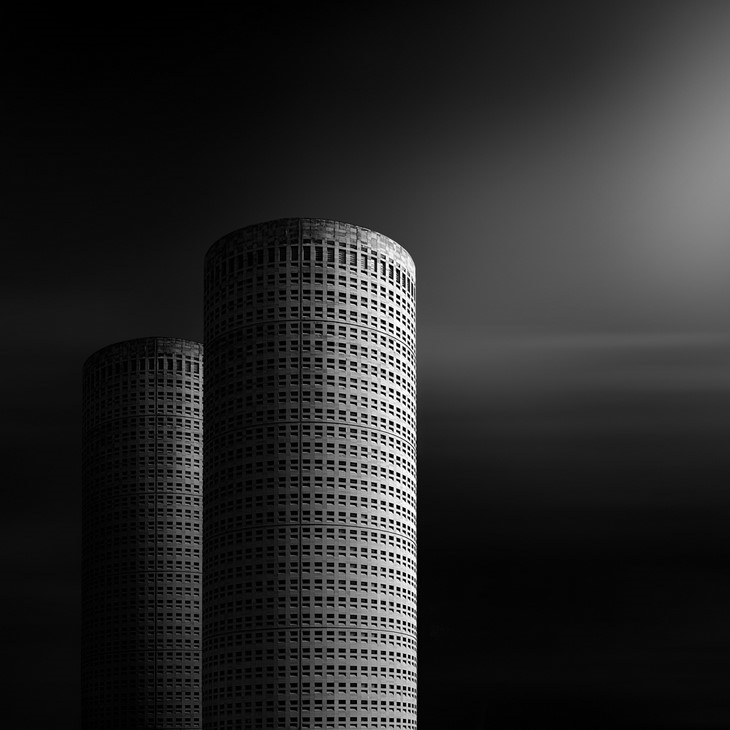 CYLINDRUS – THE RIVERGATE TOWER, ALSO KNOWN AS THE SYKES BUILDING AND COMMONLY REFERRED TO AS THE BEERCAN BUILDING IN DOWNTOWN TAMPA, FLORIDA (C) DENNIS RAMOS
CYLINDRUS – THE RIVERGATE TOWER, ALSO KNOWN AS THE SYKES BUILDING AND COMMONLY REFERRED TO AS THE BEERCAN BUILDING IN DOWNTOWN TAMPA, FLORIDA (C) DENNIS RAMOS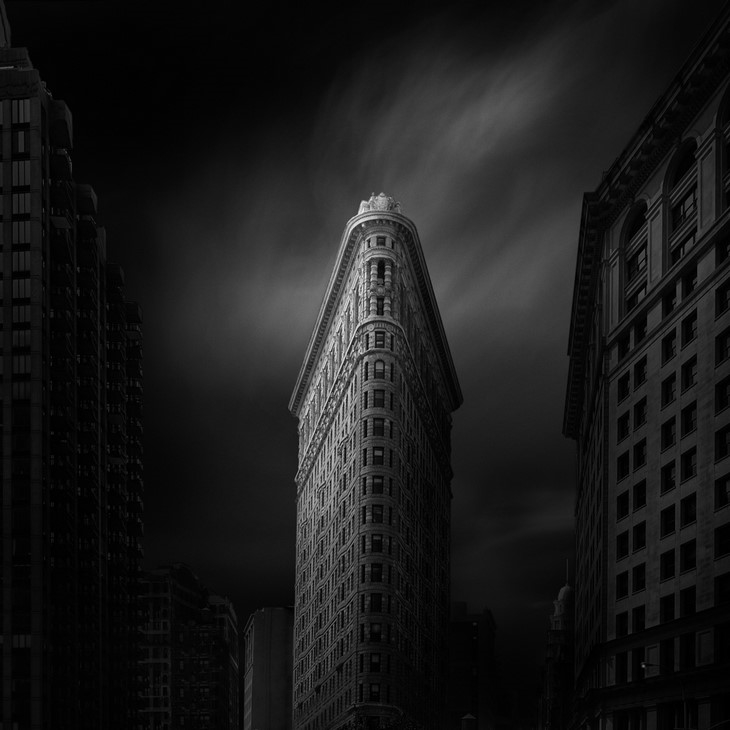 FLATIRON – THE FLATIRON BUILDING, ORIGINALLY THE FULLER BUILDING, MANHATTAN, NEW YORK (C) DENNIS RAMOS
FLATIRON – THE FLATIRON BUILDING, ORIGINALLY THE FULLER BUILDING, MANHATTAN, NEW YORK (C) DENNIS RAMOS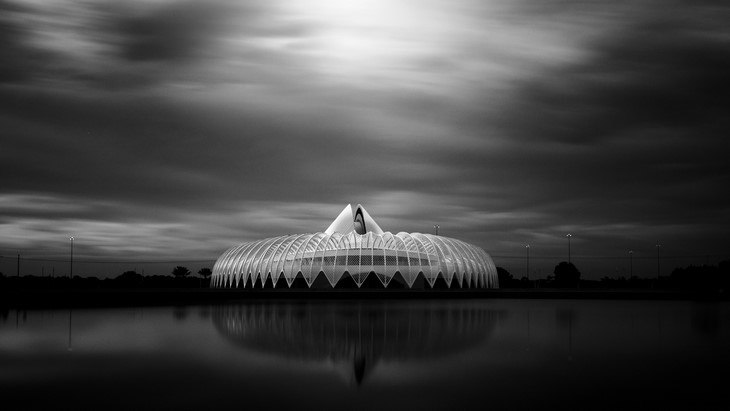 SKYLIGHT – FLORIDA POLYTECHNIC UNIVERSITY, AN ENGINEERING COLLEGE IN LAKELAND, FLORIDA (C) DENNIS RAMOS
SKYLIGHT – FLORIDA POLYTECHNIC UNIVERSITY, AN ENGINEERING COLLEGE IN LAKELAND, FLORIDA (C) DENNIS RAMOS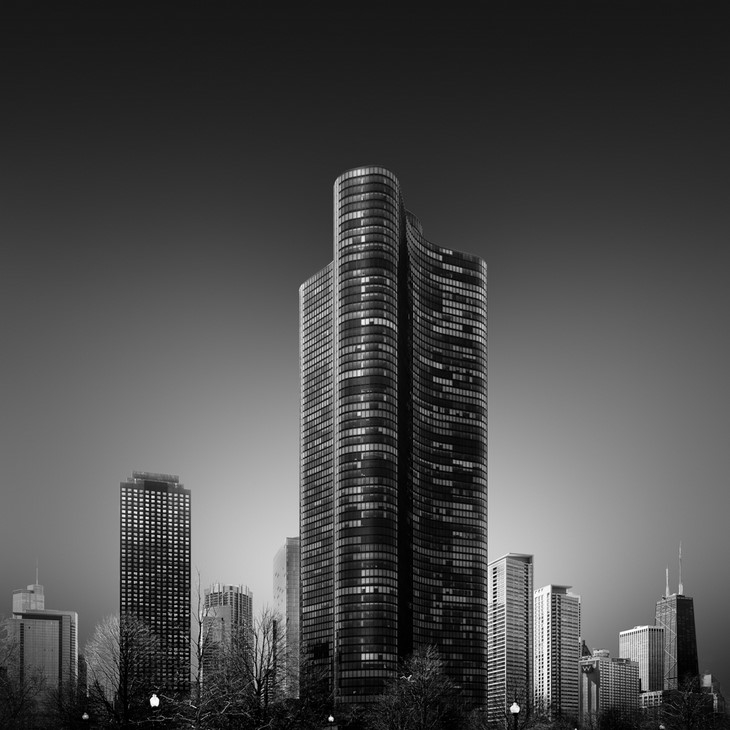 TRIGONUM – LAKE POINT TOWER IN DOWNTOWN CHICAGO, ILLINOIS (C) DENNIS RAMOS
TRIGONUM – LAKE POINT TOWER IN DOWNTOWN CHICAGO, ILLINOIS (C) DENNIS RAMOS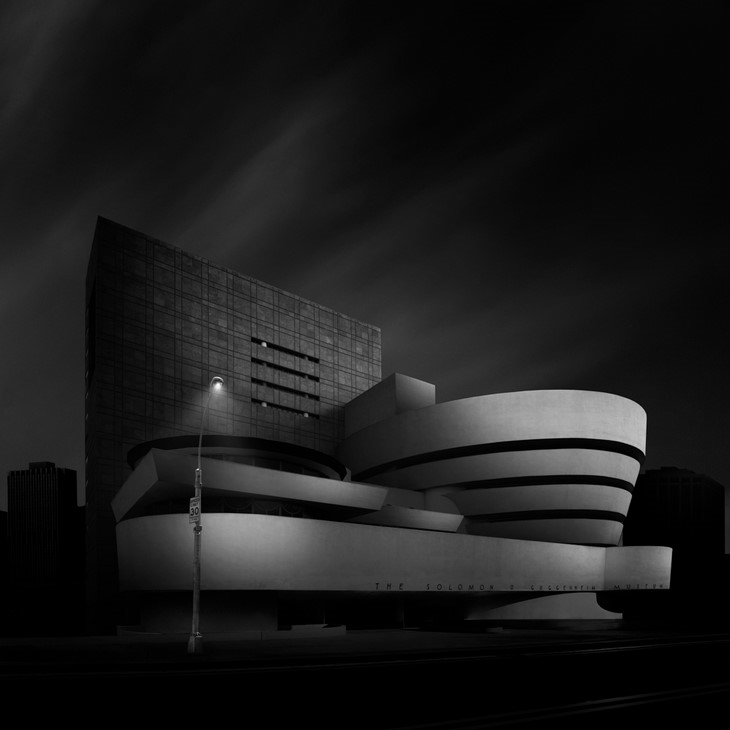 GUGGENHEIM – THE SOLOMON R. GUGGENHEIM MUSEUM, OFTEN REFERRED TO AS THE GUGGENHEIM, AN ART MUSEUM IN MANHATTAN, NEW YORK (C) DENNIS RAMOS
GUGGENHEIM – THE SOLOMON R. GUGGENHEIM MUSEUM, OFTEN REFERRED TO AS THE GUGGENHEIM, AN ART MUSEUM IN MANHATTAN, NEW YORK (C) DENNIS RAMOSREAD ALSO: GEORGE MESSARITAKIS PARTICIPATES IN ''CHANGE OF PERSPECTIVES'' EXHIBITION IN BERLIN